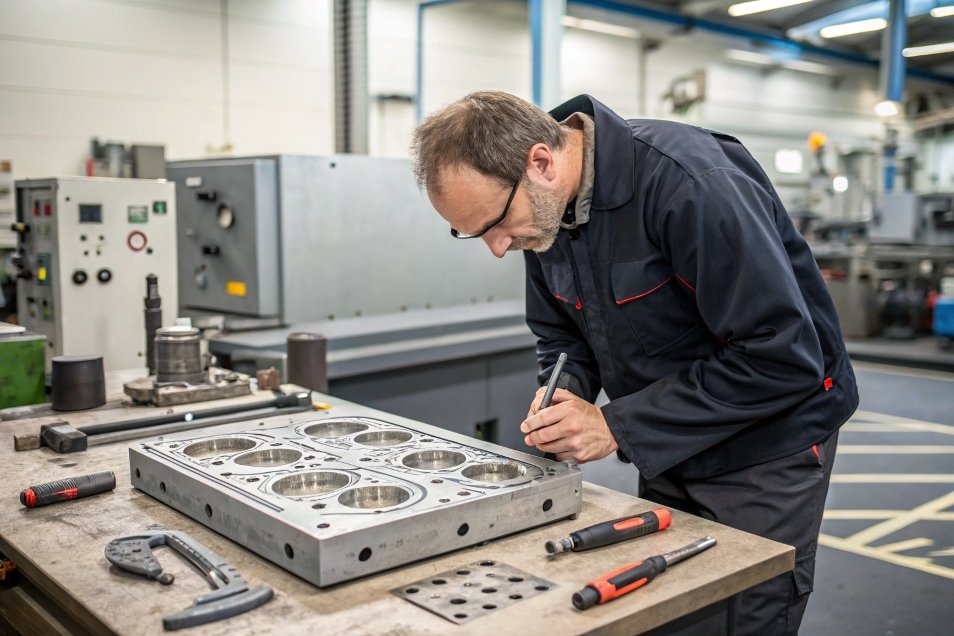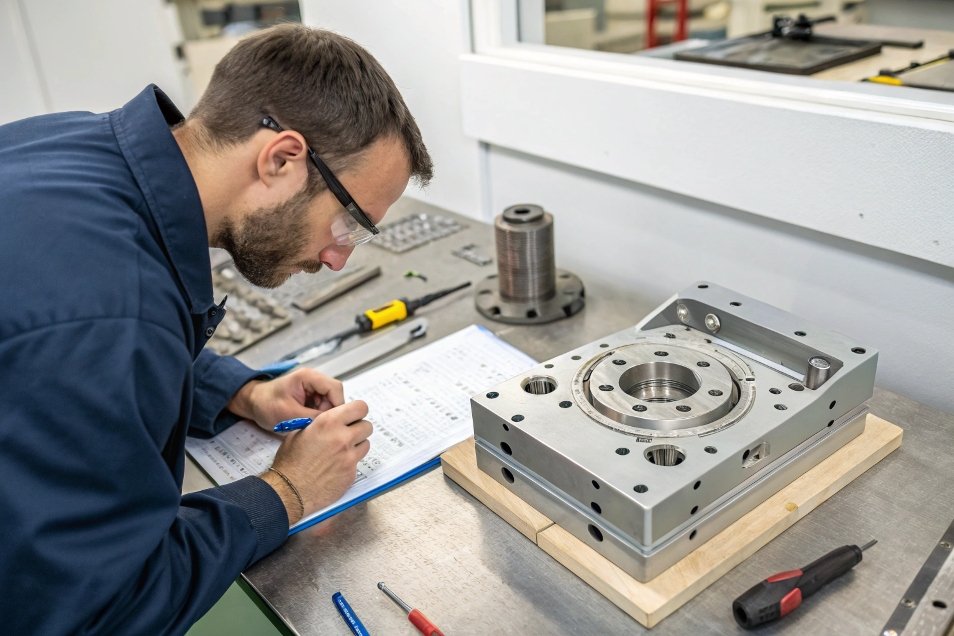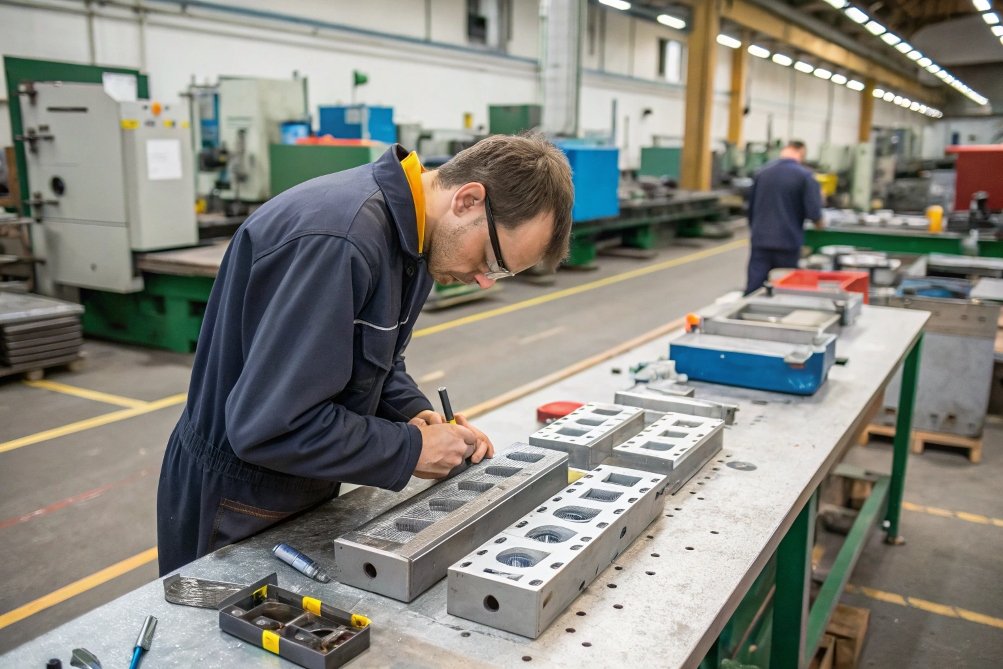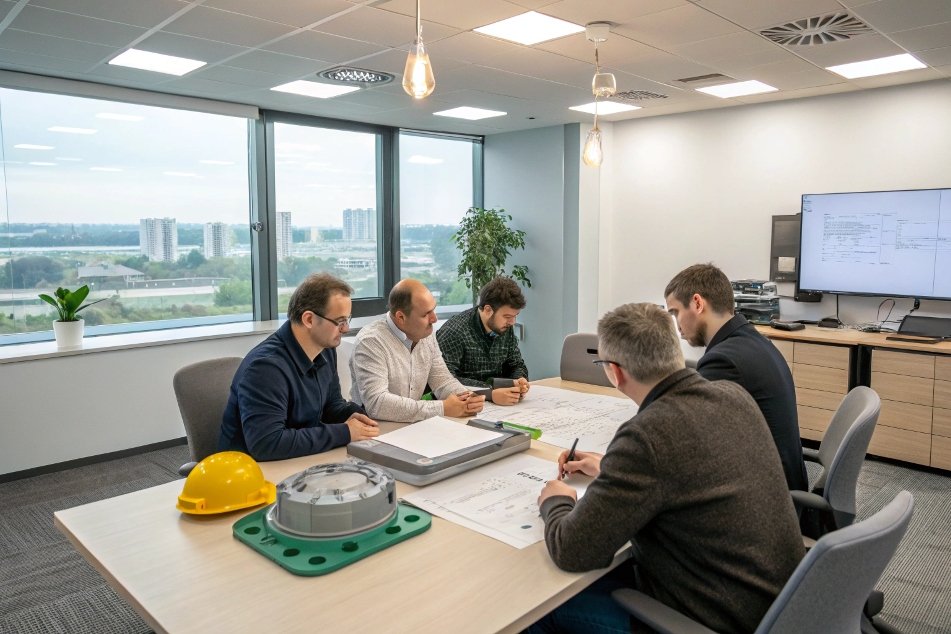
When it comes to custom parts manufacturing, one of the most crucial factors in the cost calculation is mold creation. I’ve often found that mold creation can significantly impact the total price of producing custom parts. So, understanding its role and how to manage this cost can help you avoid unexpected expenses and improve your overall budgeting strategy.
Mold creation is a key part of the custom parts production process, and it plays a significant role in determining the final cost of manufacturing.
In this article, I’ll explain how mold creation affects the cost of custom parts, why you should plan for it, and how to minimize it without compromising on quality.
How Does Mold Creation Impact the Overall Cost of Manufacturing Custom Parts?

Mold creation is often one of the highest upfront costs in custom parts manufacturing1. This expense comes from the need to design, create, and test molds, which are necessary for high-volume production runs.
The Role of Mold Creation in Manufacturing Costs
| Cost Element | Impact on Overall Cost |
|---|---|
| Initial Mold Design | Designing the mold requires engineering expertise and can involve significant costs, depending on complexity. |
| Material Cost | The materials used for mold creation2, such as steel or aluminum, are expensive and vary depending on the part’s size and complexity. |
| Tooling Costs | The cost of machining and shaping the mold itself adds to the overall cost. |
| Testing and Adjustments | After creating the mold, it often requires testing to ensure accuracy, which adds to the cost. |
| Production Time | The longer it takes to create and test the mold, the higher the costs become, especially if multiple revisions are needed. |
Why This Matters
In my experience, mold creation can account for a large percentage of the total manufacturing cost3, especially for parts that require highly specialized molds. If you’re producing a large batch of parts, the cost of the mold may seem less significant in comparison, but it’s still essential to factor this into your budget. This cost can vary greatly depending on the complexity of the mold, so it’s always a good idea to get a clear estimate upfront to avoid surprises.
Why Is It Essential to Plan Mold Creation Costs into Your Custom Parts Budget?

Mold creation is a necessary investment, but without proper planning, it can take a large portion of your budget. It’s important to understand how this cost fits into the overall project so you can allocate resources wisely and avoid disruptions during production.
Key Reasons to Plan Mold Creation Costs
| Reason | Why It’s Important |
|---|---|
| Avoid Unexpected Expenses | Without proper planning, mold creation costs can quickly spiral out of control, especially if there are design revisions. |
| Control Over Budget Allocation | Planning helps ensure that other parts of the manufacturing process are not underfunded due to mold creation costs. |
| Ensures Feasibility of Production | Knowing the cost of mold creation ahead of time helps you determine if the project is feasible within your overall budget. |
| Helps in Decision-Making | Planning allows you to make informed decisions on whether to invest in a mold or explore alternative manufacturing methods. |
Why This Matters
I’ve seen firsthand how failing to account for mold creation costs can lead to unexpected budget constraints and even project delays. When you plan for mold creation in advance, you give yourself the flexibility to make adjustments to other parts of your production process if needed. This also helps you avoid rushing into decisions that may end up costing more in the long run.
How Can You Minimize Mold Creation Costs Without Sacrificing Quality?

Minimizing mold creation costs is essential, especially when dealing with a tight budget. However, doing so without sacrificing quality requires careful planning, strategy, and sometimes compromise on certain aspects of the mold design.
Strategies for Minimizing Mold Creation Costs
| Strategy | Description |
|---|---|
| Optimize Mold Design | Collaborate with your design team to create a mold that is simple, efficient, and effective for your part’s requirements. |
| Use Standard Mold Sizes | Using standard molds can reduce the cost significantly compared to custom-designed molds. |
| Use Low-Cost Materials | Consider using less expensive materials for the mold, such as aluminum instead of steel, if the production volume is low. |
| Invest in Prototyping | Sometimes, creating a prototype first can help identify potential issues, saving money on revisions during the full-scale production phase. |
| Negotiate with Your Supplier | Suppliers may offer discounts or flexible terms for large orders or long-term contracts, helping reduce the mold cost. |
Why This Matters
I’ve often found that a little upfront investment in design optimization or prototyping can lead to significant cost savings down the line. Working closely with your supplier to find the most cost-effective solutions without sacrificing the quality of the mold is key. Additionally, I’ve discovered that negotiating terms with your supplier for long-term or bulk orders can sometimes lower mold costs substantially.
Conclusion
Mold creation is a critical cost factor in custom parts manufacturing. Understanding its impact on your budget, planning for it, and implementing strategies to minimize costs are all crucial steps to ensure that you don’t overspend while still getting high-quality custom parts. With careful consideration and smart planning, you can keep mold creation costs under control and make your manufacturing process more efficient.
Custom parts manufacturing can be complex and costly. Discover strategies to optimize production costs and improve efficiency. ↩
Understanding mold creation is vital for budgeting in custom parts manufacturing. Explore this link to gain insights on managing these costs effectively. ↩
Manufacturing costs can vary widely. Learn about the key factors that influence these costs to make informed decisions. ↩

